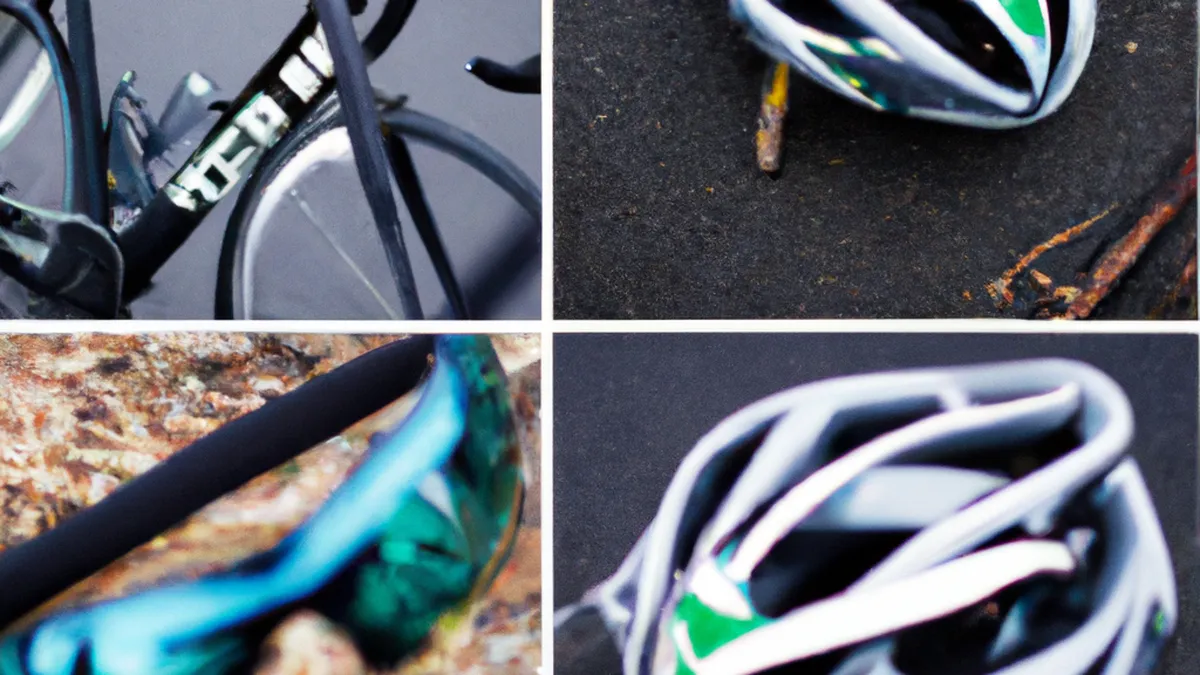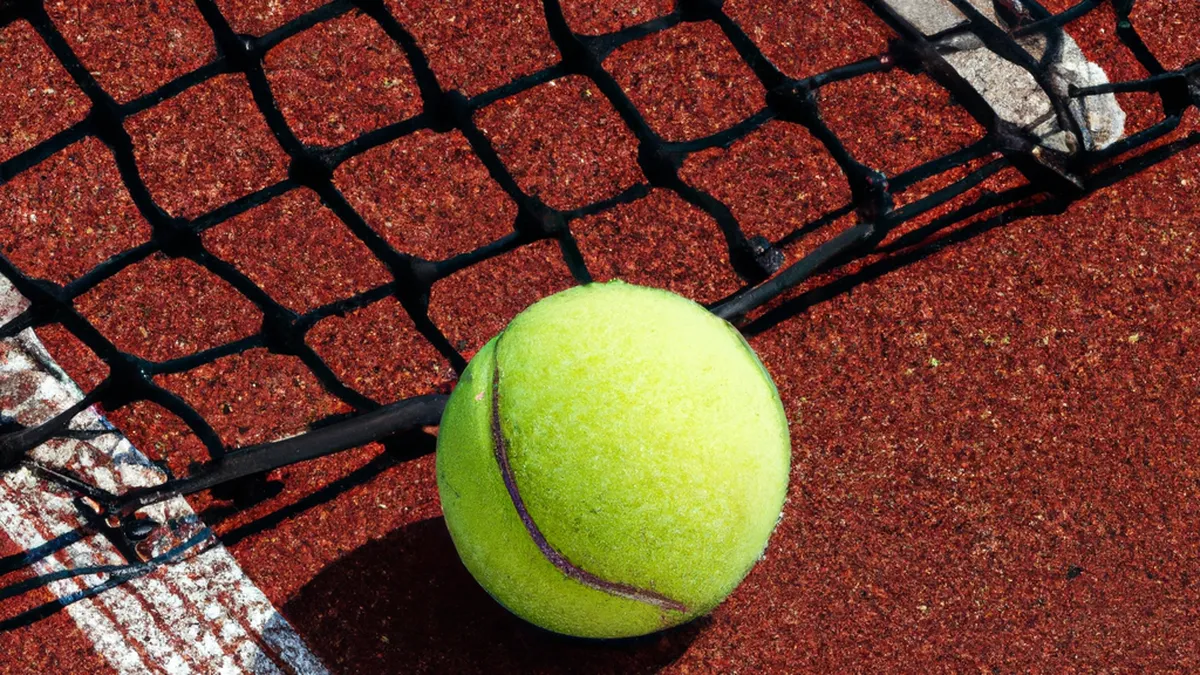Streamline Your Ride: Position Matters
Aerodynamic Position Optimization: A Comprehensive Guide for AthletesIn competitive sports, every second counts. Athletes seek ways to enhance performance and gain marginal advantages. Aerodynamic position optimization significantly impacts performance in cycling and triathlon. This technique reduces drag and enhances speed. In this guide, we will explore aerodynamics, tips for optimizing position, and the benefits of adjustments.
Understanding Aerodynamics
Aerodynamics studies air interactions with moving objects. Athletes must understand aerodynamics to reduce air resistance. As athletes move, they encounter drag, the force opposing their motion. Greater drag requires more energy to maintain speed. Reducing drag allows athletes to travel faster with less effort.Athletes face two primary drag types: **form drag** and **skin friction drag**. Form drag arises from an object’s shape and size. Skin friction drag comes from the object’s surface texture. By optimizing body position and equipment, athletes can minimize both drag types.
Key Tips for Achieving Optimal Aerodynamic Position
As an Amazon Associate I earn from qualifying purchases.
Gear tip: consider bike helmet, cycling shoes, and bike computer to support this topic.
1. Adjust Your Bicycle Fit
A proper bicycle fit is essential for an aerodynamic position. Ensure your saddle height and position are correct. A well-fitted bike promotes a more aggressive, forward-leaning posture. Lowering handlebars can also help, as long as you maintain comfort. A lower handlebar position allows you to lean forward, reducing frontal area and drag.
2. Focus on Body Position
Your body position greatly influences aerodynamic efficiency. Tuck in your elbows and keep hands close together on the handlebars. This alignment reduces drag and enhances control. Keep your head low and your neck relaxed. A streamlined head position further contributes to drag reduction.Practice maintaining a flat back and tucking in your hips while riding. Engage your core muscles to stabilize your torso. This stability helps you hold the optimal position longer. Maintaining an aerodynamic posture can determine race outcomes.
3. Use Aerodynamic Gear
Investing in the right gear enhances aerodynamic efficiency. Aerodynamic helmets streamline airflow over your head. Skinsuits minimize skin friction drag across your body. Specialized aerodynamic wheelsets cut through the wind efficiently. Prioritize comfort; an uncomfortable fit distracts and decreases performance.
Conclusion
Optimize your aerodynamic position to enhance performance and achieve competitive advantages. Implement these tips for better results.
Below are related products based on this post:
FAQ
What is aerodynamic position optimization?
Aerodynamic position optimization is a technique used by athletes to reduce drag and improve speed in competitive sports like cycling and triathlon. By adjusting body position and equipment, athletes can enhance their performance and gain marginal advantages over competitors.
Why is understanding aerodynamics important for athletes?
Understanding aerodynamics is crucial for athletes because it helps them minimize air resistance, which directly impacts their speed and energy efficiency. By reducing drag, athletes can travel faster with less effort, ultimately improving their performance in races.
What are some key tips for achieving an optimal aerodynamic position?
Key tips for achieving an optimal aerodynamic position include adjusting your bicycle fit for a more aggressive posture, focusing on body position by tucking in elbows and keeping a low head, and using aerodynamic gear like helmets and skinsuits. These adjustments can significantly enhance aerodynamic efficiency and performance.















Post Comment